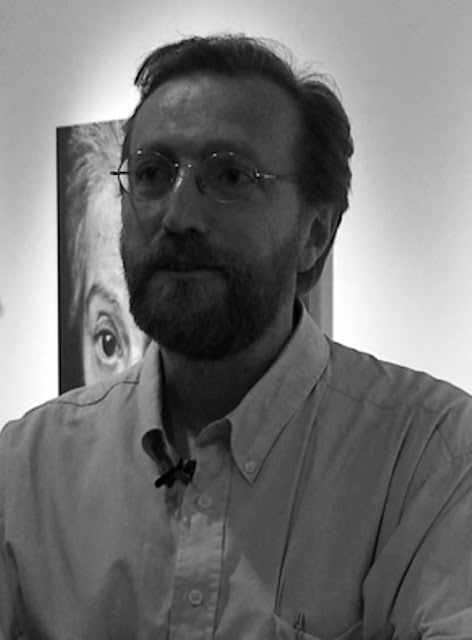Frank Ingleton and I had left London early in July with the intention of spending a couple of months at least in Cornwall. This sojourn was not by any means to be a complete holiday, for he was a student of those remains of prehistoric civilisation which are found in such mysterious abundance in the ancient county, and I was employed on a book which should have already been approaching completion, but which was still lamentably far from its consummation. Naturally there was to be a little golf and a little sea-bathing for relaxation, but we were both keen on our work and meant to have gathered in a respectable harvest of industry before we returned.
The village of St. Caradoc, from all accounts, seemed likely to be favourable to our projects, for there were remains in the neighbourhood which had never been thoroughly investigated by any archæologist, and its position on the map, remote from any of the more celebrated holiday centres, promised a reasonable tranquillity. It supplied also the desirable relaxations; the club-house of a pleasantly hazardous golf-course stood at the bottom of the hotel garden, and five minutes' walk across the sand-dunes among which the holes were placed, led to the beach. The hotel was comfortable, and at present half-empty, and fortune seemed to smile on our undertakings. We settled down, therefore, without further plans. Frank meant, before he left, to visit other parts of the county, but here, within a mile of the hotel, was that curious circle of monoliths, like some Stonehenge in miniature, known as the "Council of Penruth." It had always been supposed, so Frank told me, that it was some place of Druidical worship, but he distrusted the conclusion and wanted to study it minutely on the spot.














